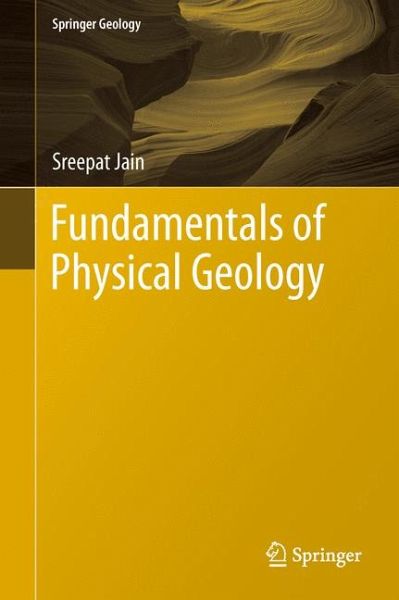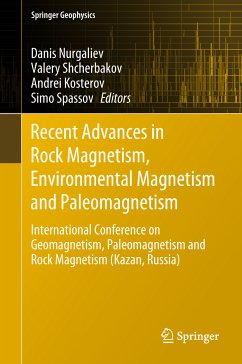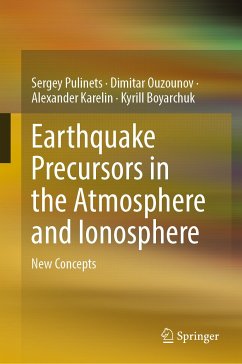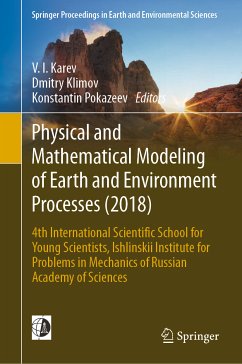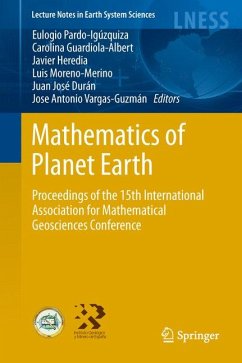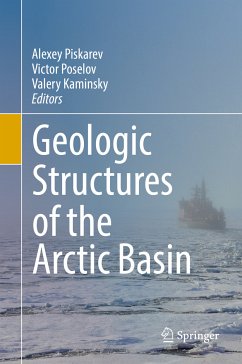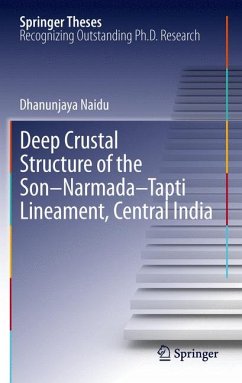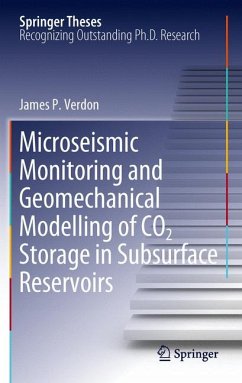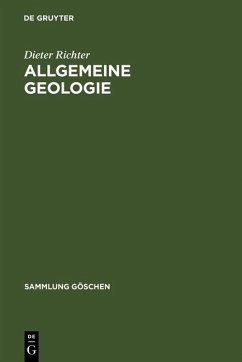Book review published in Zentralblatt für Geologie und Paläontologie, Teil II Jg. 2014 Heft 5-6
Fundamental geological knowledge is summarized in many books, textbooks, and reference volumes. However, it is so vast that each new attempt of its synthesis will not result in replication. Such an attempt was made by JAIN, and undoubtedly, his informative and nice book will attract many readers.
The reviewed book consists of 16 chapters gathered into four large parts. Generally, the author focuses on the surficial and internal dynamics of the planet. He starts with an introduction, where the principal branches of geology (structural geology, sedimentology, geochemistry, etc.) are explained brie y. Note that stratigraphy and
palaeontology are understood as constituents of historical geology. The first part presents the knowledge about the Solar System and various cosmic bodies. The second part describes the state of the Earth as a planet, its structure and composition. The chapter about the geologic time scale is also included into this part. Importantly, JAIN refers to the chronostratigraphical developments of the International Commission on Stratigraphy and indicates its o cial web-page. It is advised to the readers to look at this page for updates of the geologic time scale, which has been changed a bit after writing this book (and, probably, even after writing this review). The third part is entitled The Hydrologic System. In fact, the entire surficial dynamics of the Earth is described there. Not the only geological activity of rivers, seas, and glaciers is considered in this part, but also weathering and mass wasting, karst phenomena, and aeolian processes. The fourth part deals with tectonic processes. Special chapters are reserved there to tell about seismicity and volcanism.
What are the principal distinctive features of JAIN's book? In the reviewer's opinion, these are three. Firstly, the book synthesizes the "classical" geological knowledge. The author emphasizes on those pieces of knowledge that are well- proven and that are essential for learning geology. Of course, this does not mean the modern research achievements are totally omitted. Secondly, the subjects are treated with attention to details, which makes this book very rich. Look at these examples. Speaking about karst, JAIN indicates such epikarst forms as grikes and kamenitzas, which are rarely discussed in the professional literature (RuBAN 2013). In the other place, he informs about such specific aeolian features as zeugen and yardang. Characterizing volcanism, the author devotes a special sub- chapter (16.14) to the volcanic explosivity index and relates it to various eruptive parameters (Table 16.20, p. 408). Thirdly, the both content and organization of this book re ects the author's personal vision of the planetary dynamics. JAIN chose subjects to emphasize at his own discretion. For instance, there are no chapters that deal specifically with metamorphism or geological activity of organisms, although the relevant knowledge is supplied here and there. In contrast, there are very informative chapters on groundwater and earthquakes, which will be appreciated by many readers.
The author's manner of writing is appropriate. It is characterized by both simplicity (without any oversimplification) and brevity (without unnecessary shortcuts). The book is split into numerous tiny little divisions (some of them occupy only a few lines). Although the multi-order structure requires attention from the readers, it also permits to perceive the complex knowledge correctly and to find the necessary information rapidly. The peculiar organization of this book makes it looking like a reference volume or dictionary, but, in fact, it does not limit its utility as a good tool for learning geology. The text bears the both theory and examples. The key terms are capitalized in the text (the reviewer would prefer to see them given in italics or highlighted in bold). Some principal literature sources are indicated in the end of the chapters. These include both modern and old publications, which is well suitable to a synthesis of the "classical" knowledge. The cited literature are chie y books, but there are also citations to professional journal articles. Seeing the latter will be helpful to the beginners in geology. Illustrations are numerous, accurate, and large enough. The book ends with the detailed and useful glossary and the subject index. Well, JAIN is the author who cares about the readers of his book.
JAIN's book will be helpful to undergraduate students as an advanced/supplementary reading on the introductory course(s) in general geology and also as a reference volume. Taking into account the richness of information, students of higher grades and professionals will also appreciate it. Additionally, the reviewer tends to recommend this book strongly to geology/nature amateurs and secondary school teachers in geography.
References
Ruban, D.A. (2012): Little attention to grikes and kamenitzas: a survey of karst research publications of two past decades. - Natura Nascosta, 46: 9-21; Montfalcone.
DMITRY A. RuBAN, Rostov am Don
